Regarding this issue, Vietnam News Agency reporters interviewed Mr. Cao Hoai Duong - Chairman of the Board of Directors of Vietnam Oil Corporation (PVOIL) - a state-owned enterprise with the second largest market share of petroleum in Vietnam, about the production and business plan to adapt to the transition policy to contribute to realizing the commitment to bring net emissions to 0 (Net Zero) by 2050.
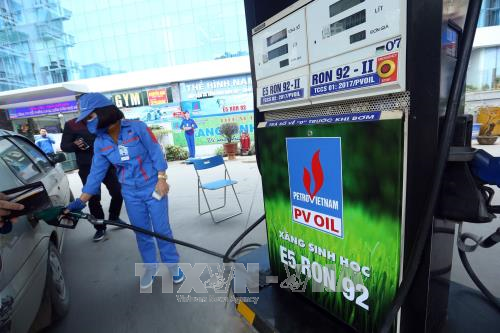
From January 1, 2026, Vietnam will require the use of E10 biofuel nationwide and the market will no longer have mineral gasoline as it is now. So what specific plans does PVOIL have to adapt to this policy?
Since learning about the policy of deploying E10 bio-fuel nationwide and there will be no more mineral gasoline on the market, based on internal demand and forecast of market demand, PVOIL's Board of Directors has approved the investment plan to upgrade and repair all bio-fuel blending systems at PVOIL's main warehouses, transit warehouses, and production facilities to be able to meet PVOIL's E10 gasoline business needs. In addition, PVOIL is also ready to blend for small hubs that do not want to invest in bio-fuel blending systems.
Accordingly, by January 1, 2026, PVOIL is ready to switch to producing and trading E10 gasoline throughout the system in accordance with the Prime Minister 's direction. In September, PVOIL will pilot the sale of E10 bio-gasoline in some areas. To ensure the source of Ethanol for blending E10 bio-gasoline, PVOIL will purchase from a number of domestic Ethanol factories and import from abroad.
In the coming time, the management agency will also issue E10 bio-fuel standards and E10 gasoline blending enterprises such as PVOIL will produce products based on these standards. In addition, PVOIL is carrying out procedures for certification of conformity with E10 bio-fuel blending facilities to prepare for selling E10 bio-fuel on the market.
In fact, under certain climate and temperature conditions, Ethanol-blended gasoline can separate (segregate). So what solutions does PVOIL have to ensure the quality of E10 bio-fuel during storage and distribution?
In fact, the Ethanol content in E5 or E10 gasoline is not much because in the world , many countries such as Thailand, Indonesia, Brazil, the US... still mix E20 bio-fuel, some countries even use E85 bio-fuel, which means mixing up to 85% Ethanol.
Technically, Ethanol-blended biofuel can separate water if the blended gasoline is stored for too long or mixed with water, possibly due to outside water overflowing into the fuel tank... Or in cases where customers pump biofuel but do not use the vehicle for many months, it can also cause the biofuel in the fuel tank to separate.
To ensure the quality of E10 gasoline does not separate water, in addition to ensuring the blending process follows technical standards, PVOIL will apply strict control solutions to eliminate the possibility of gasoline being contaminated with water during both transportation and storage to ensure the quality of goods reaching customers.
Thailand and Indonesia are countries with tropical, hot and humid climates like Vietnam. They have long used biofuel mixed with up to 20% Ethanol (E20) nationwide, but in reality, water separation from biofuel is not a problem to worry about.
How does PVOIL view the effectiveness of the policy of mandatory use of E10 gasoline nationwide from January 1, 2026?
Vietnam's mandatory use of E10 biofuel nationwide and no longer using mineral gasoline on the market will bring about a more obvious effect in reducing emissions than only encouraging the use of E5RON92 biofuel but still simultaneously circulating RON95 mineral gasoline as is currently the case.
According to Directive No. 20/CT-TTg dated July 12, 2025 on a number of urgent and drastic tasks to prevent and solve environmental pollution, the Prime Minister requested Hanoi to implement a roadmap to stop the circulation of gasoline-powered motorbikes in Ring Road 1 from July 2026. Meanwhile, Ho Chi Minh City has just completed the draft Project "Converting two-wheeled vehicles from gasoline to electric for technology drivers and delivery drivers in Ho Chi Minh City" with the goal of converting about 400,000 gasoline-powered technology vehicles to electric vehicles. So what plans does PVOIL have to adapt to these conversion policies, sir?
To ensure business operations, PVOIL will coordinate with a number of partners to deploy the installation of electric vehicle charging stations including electric cars and electric motorbikes at gas stations in PVOIL's system. Currently, PVOIL has also developed more than 400 electric vehicle charging stations nationwide and these PVOIL electric vehicle charging stations can also be used to charge electric motorbikes.
In addition, PVOIL is also working with a number of partners on the possibility of installing electric motorbike battery swapping cabinets at gas stations in the PVOIL system for customers. With the benefit of both ensuring fire and explosion safety and saving time for customers using electric vehicles while waiting to charge their batteries, this form of battery swapping cabinet has been effectively developed in Taiwan (China) for many years. This form of battery swapping is very convenient, fast and no different from going to a gas station to refuel. In particular, this form of battery swapping cabinet will help reduce self-charging at home or in the garage in conditions where the power line does not meet standards, which can cause fires and explosions as many people are concerned about today.
Thank you!
Source: https://baolaocai.vn/pvoil-se-ban-thi-diem-xang-sinh-hoc-e10-tu-thang-92025-post649043.html




![[Photo] Hanoi students excitedly and joyfully open the new school year 2025-2026](https://vphoto.vietnam.vn/thumb/1200x675/vietnam/resource/IMAGE/2025/9/5/ecc91eddd50a467aa7670463f7b142f5)

![[Photo] The drum beats to open the new school year in a special way](https://vphoto.vietnam.vn/thumb/1200x675/vietnam/resource/IMAGE/2025/9/5/b34123487ad34079a9688f344dc19148)
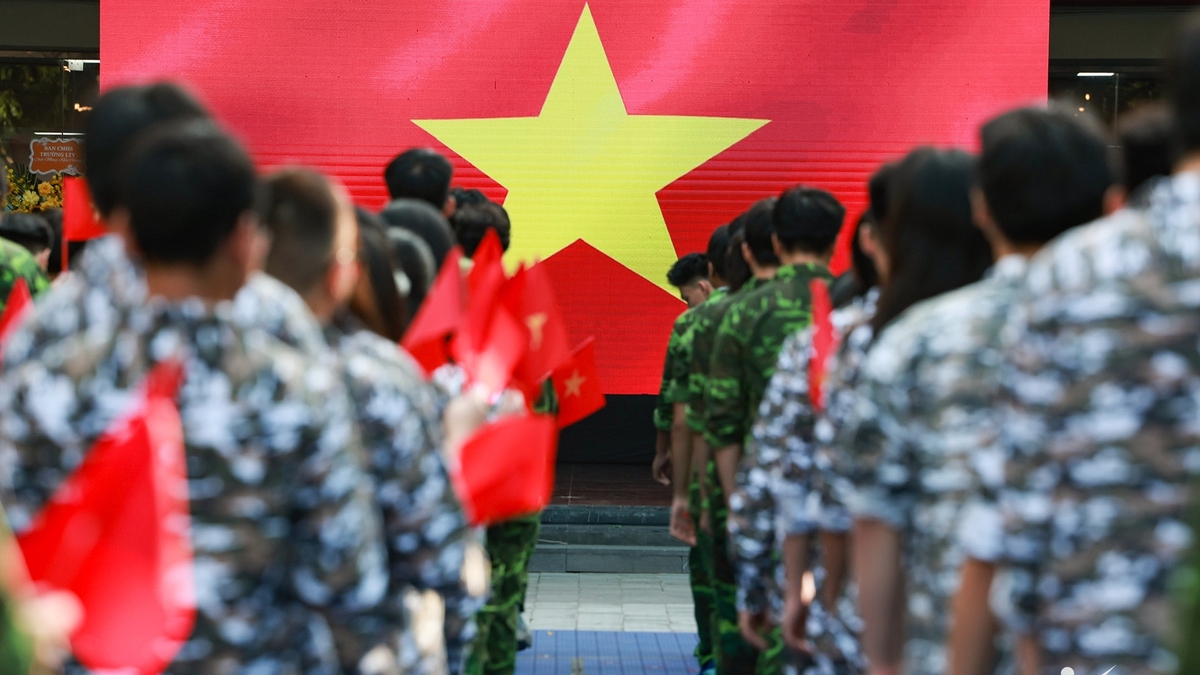
![[Photo] Opening ceremony of "Digital Citizenship - Digital School" and commitment to civilized behavior in cyberspace](https://vphoto.vietnam.vn/thumb/1200x675/vietnam/resource/IMAGE/2025/9/5/222ec3b8892f443c9b26637ef2dd2b09)


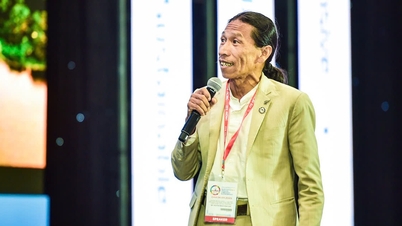



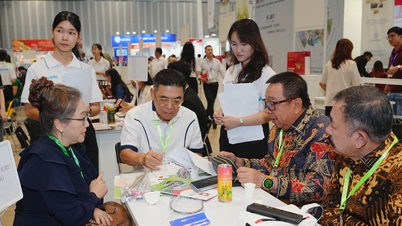



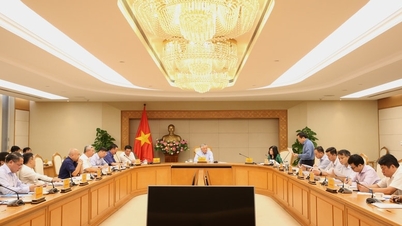

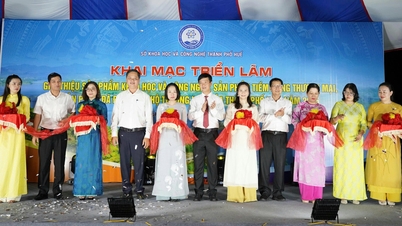

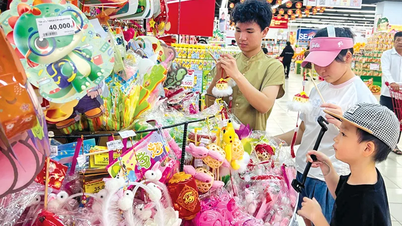

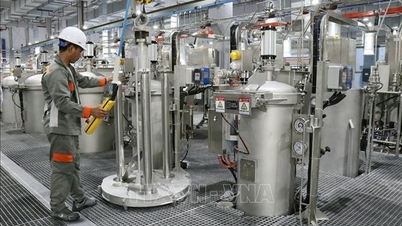
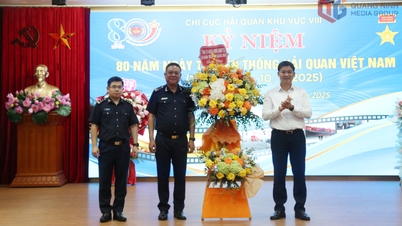

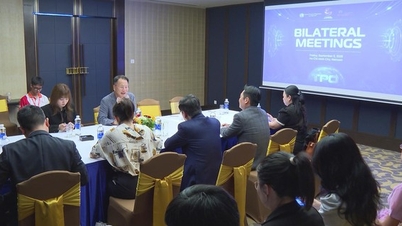

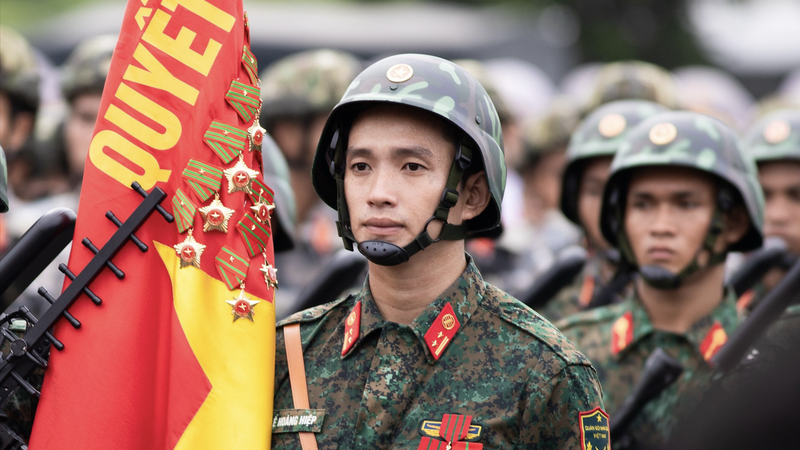

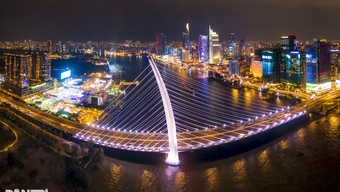

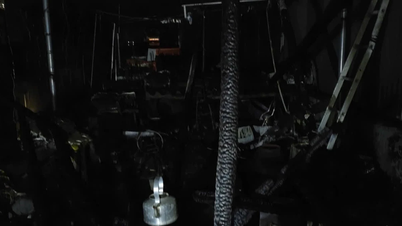

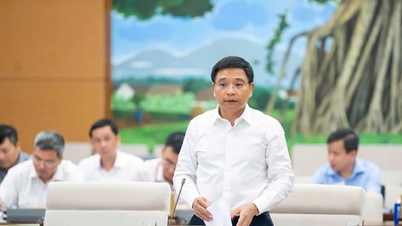


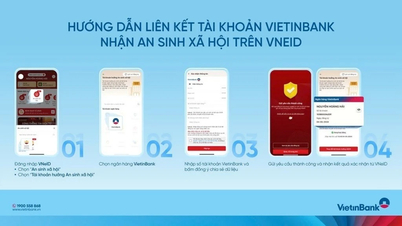

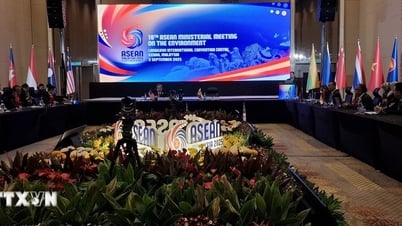

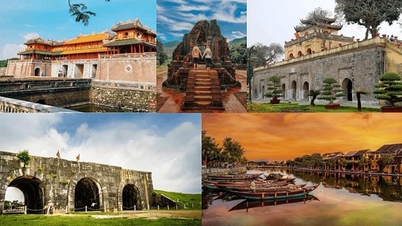
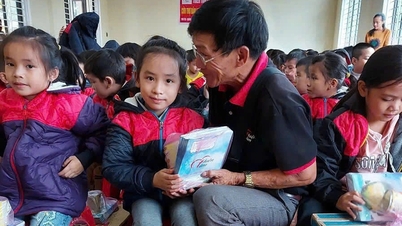


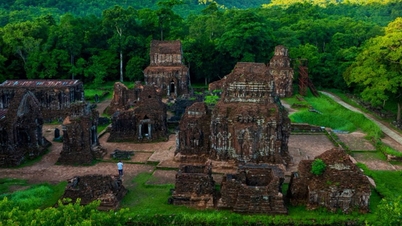
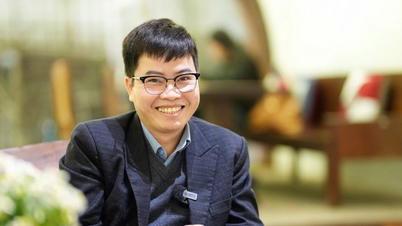

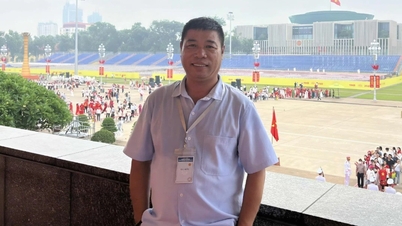
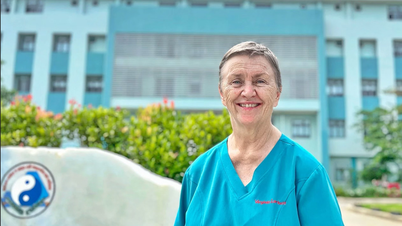

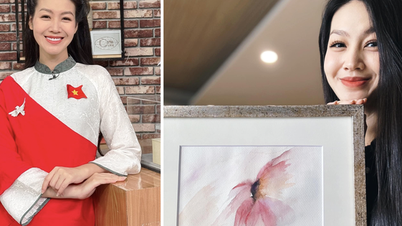



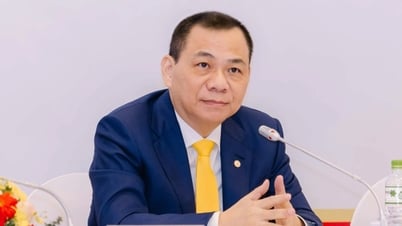



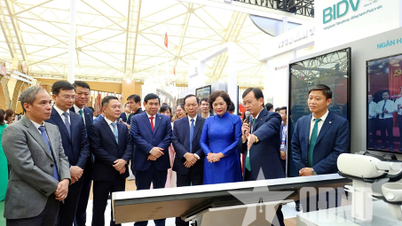
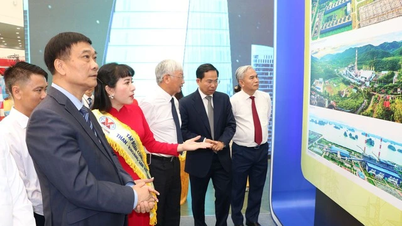
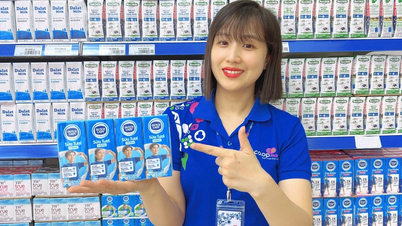




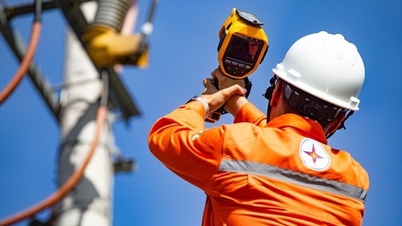


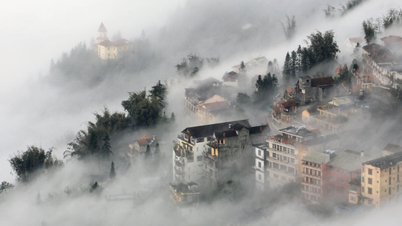


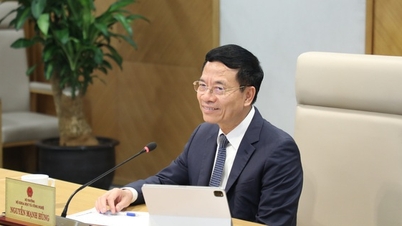

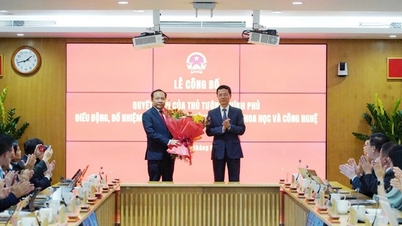
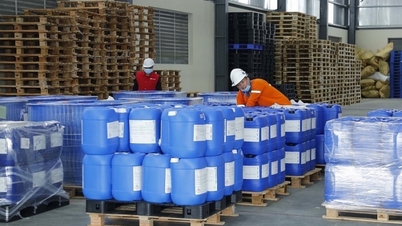

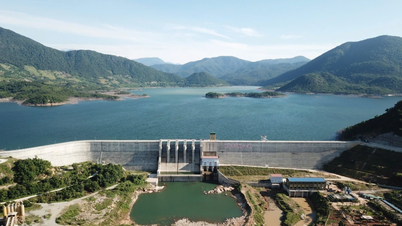
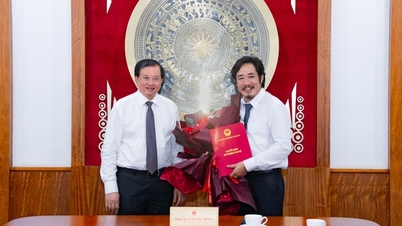




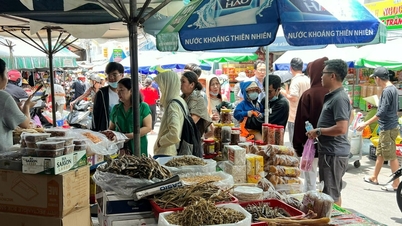





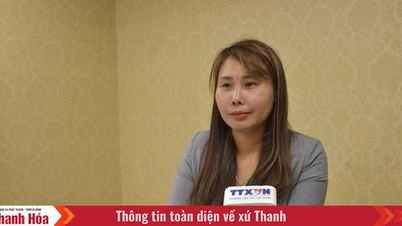


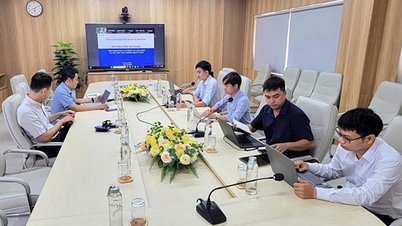



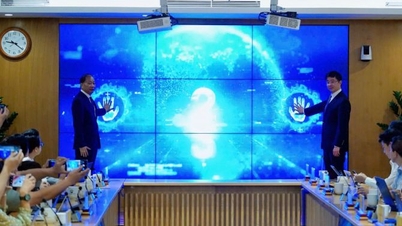
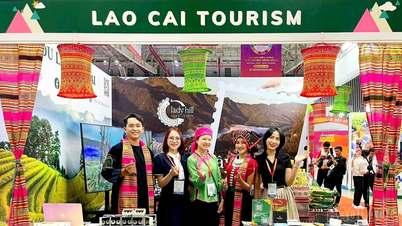



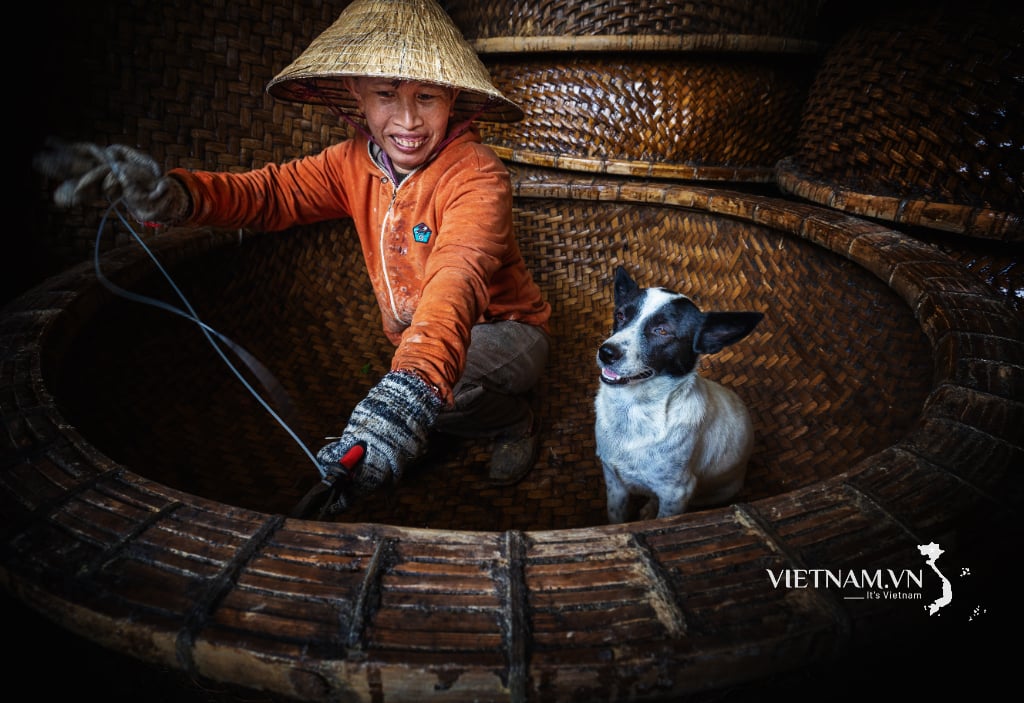



Comment (0)